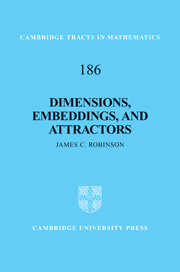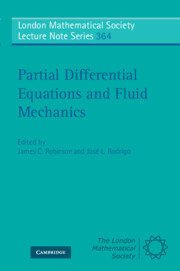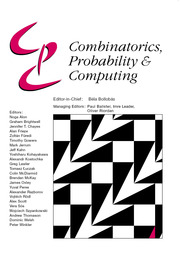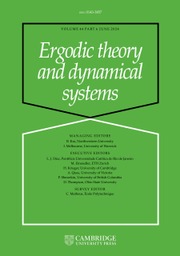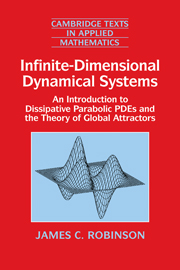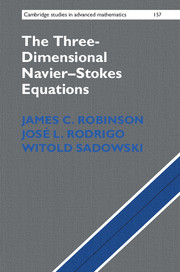Dimensions, Embeddings, and Attractors
This accessible research monograph investigates how 'finite-dimensional' sets can be embedded into finite-dimensional Euclidean spaces. The first part brings together a number of abstract embedding results, and provides a unified treatment of four definitions of dimension that arise in disparate fields: Lebesgue covering dimension (from classical 'dimension theory'), Hausdorff dimension (from geometric measure theory), upper box-counting dimension (from dynamical systems), and Assouad dimension (from the theory of metric spaces). These abstract embedding results are applied in the second part of the book to the finite-dimensional global attractors that arise in certain infinite-dimensional dynamical systems, deducing practical consequences from the existence of such attractors: a version of the Takens time-delay embedding theorem valid in spatially extended systems, and a result on parametrisation by point values. This book will appeal to all researchers with an interest in dimension theory, particularly those working in dynamical systems.
- Introduces alternative definitions to researchers who traditionally use only one
- An authoritative summary which assembles results scattered through the literature
- Provides up-to-date results and abstract background for researchers in dynamical systems
Product details
December 2010Hardback
9780521898058
218 pages
235 × 160 × 20 mm
0.45kg
10 b/w illus. 60 exercises
Available
Table of Contents
- Preface
- Introduction
- Part I. Finite-Dimensional Sets:
- 1. Lebesgue covering dimension
- 2. Hausdorff measure and Hausdorff dimension
- 3. Box-counting dimension
- 4. An embedding theorem for subsets of RN
- 5. Prevalence, probe spaces, and a crucial inequality
- 6. Embedding sets with dH(X-X) finite
- 7. Thickness exponents
- 8. Embedding sets of finite box-counting dimension
- 9. Assouad dimension
- Part II. Finite-Dimensional Attractors:
- 10. Partial differential equations and nonlinear semigroups
- 11. Attracting sets in infinite-dimensional systems
- 12. Bounding the box-counting dimension of attractors
- 13. Thickness exponents of attractors
- 14. The Takens time-delay embedding theorem
- 15. Parametrisation of attractors via point values
- Solutions to exercises
- References
- Index.

